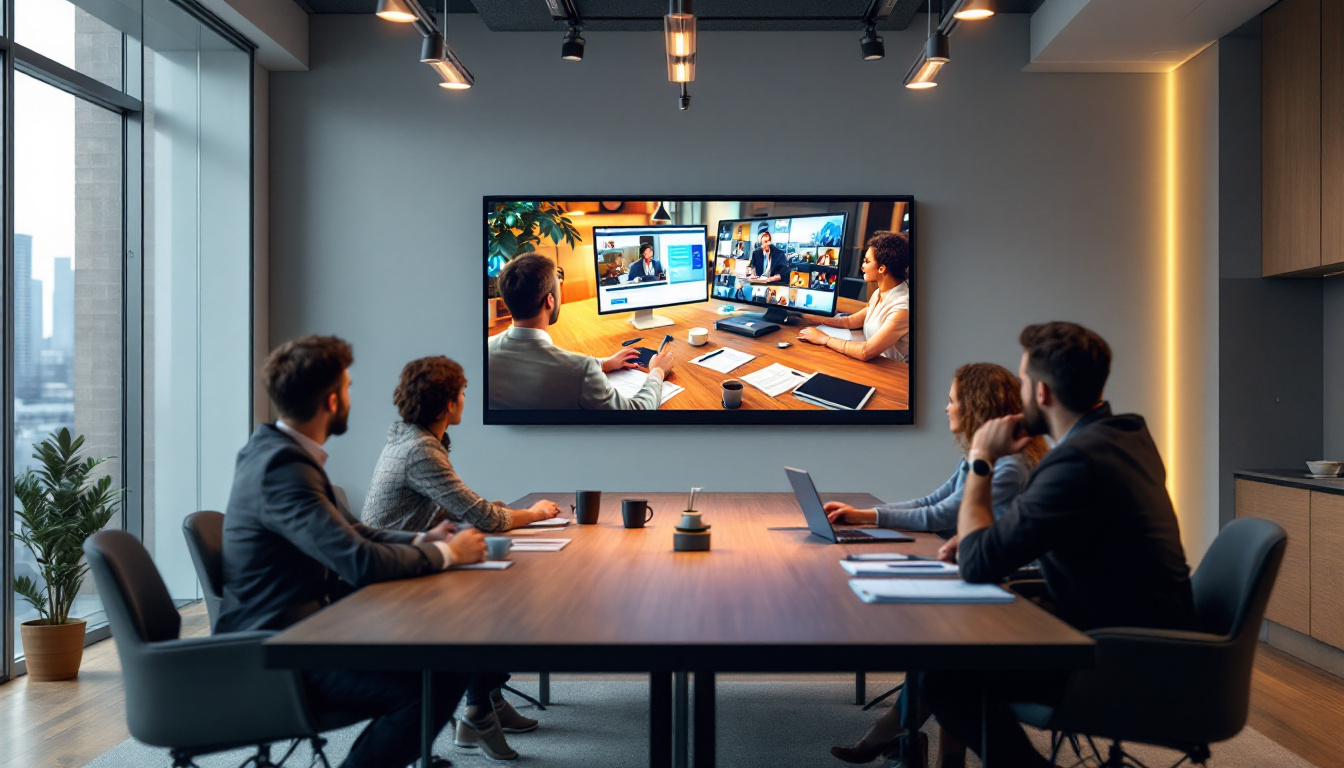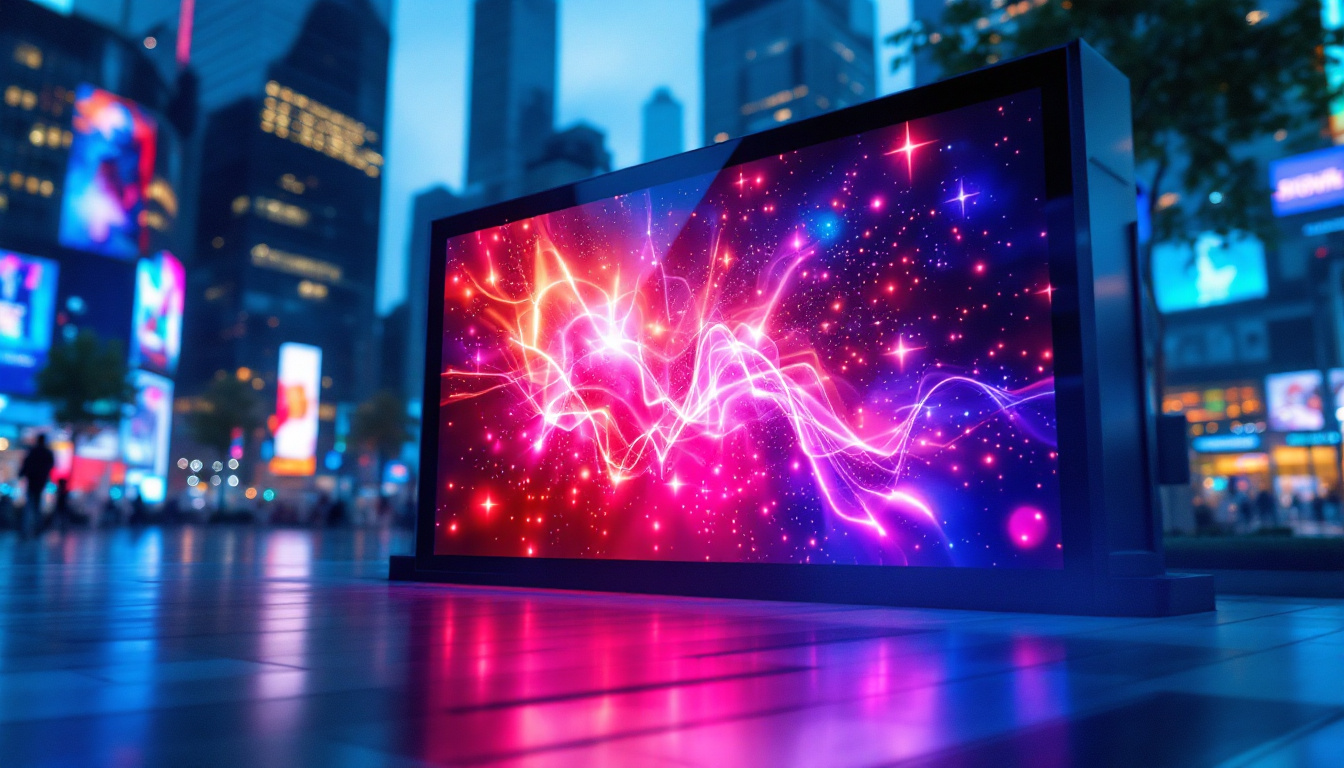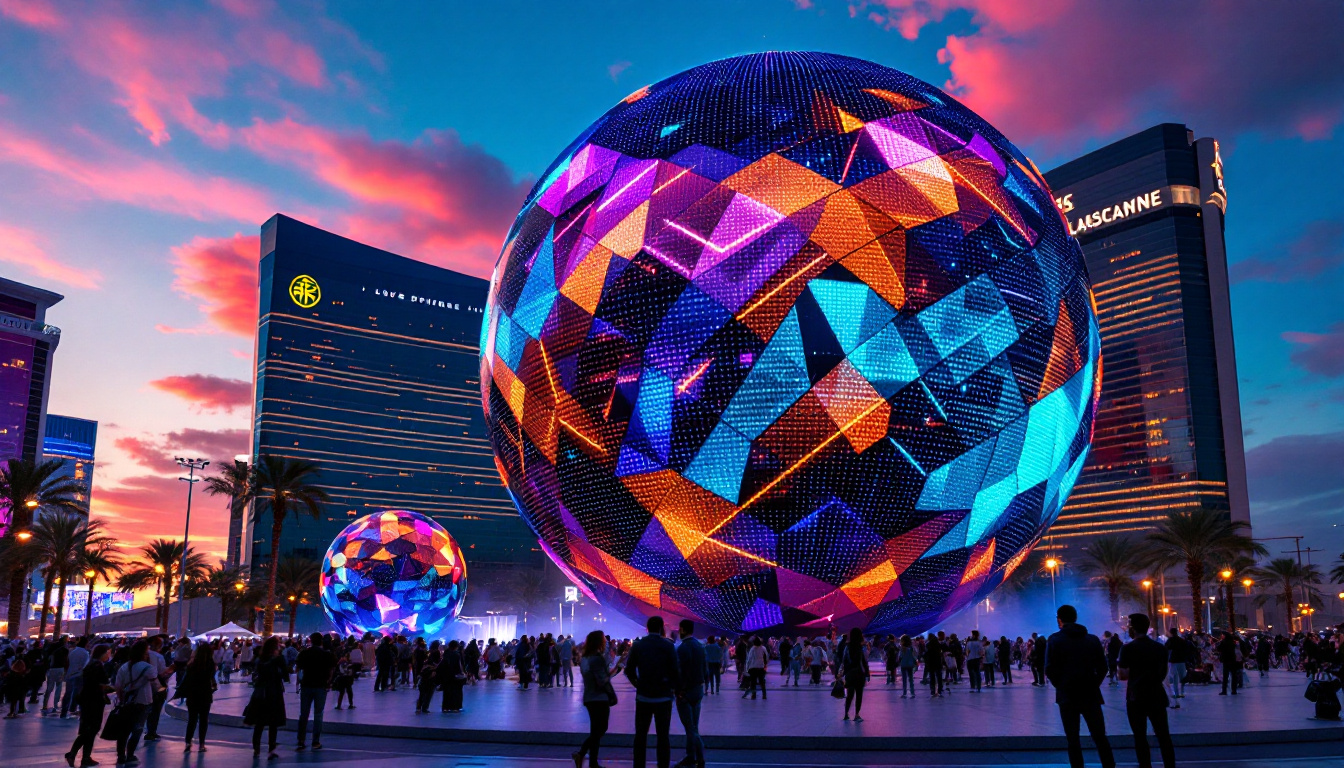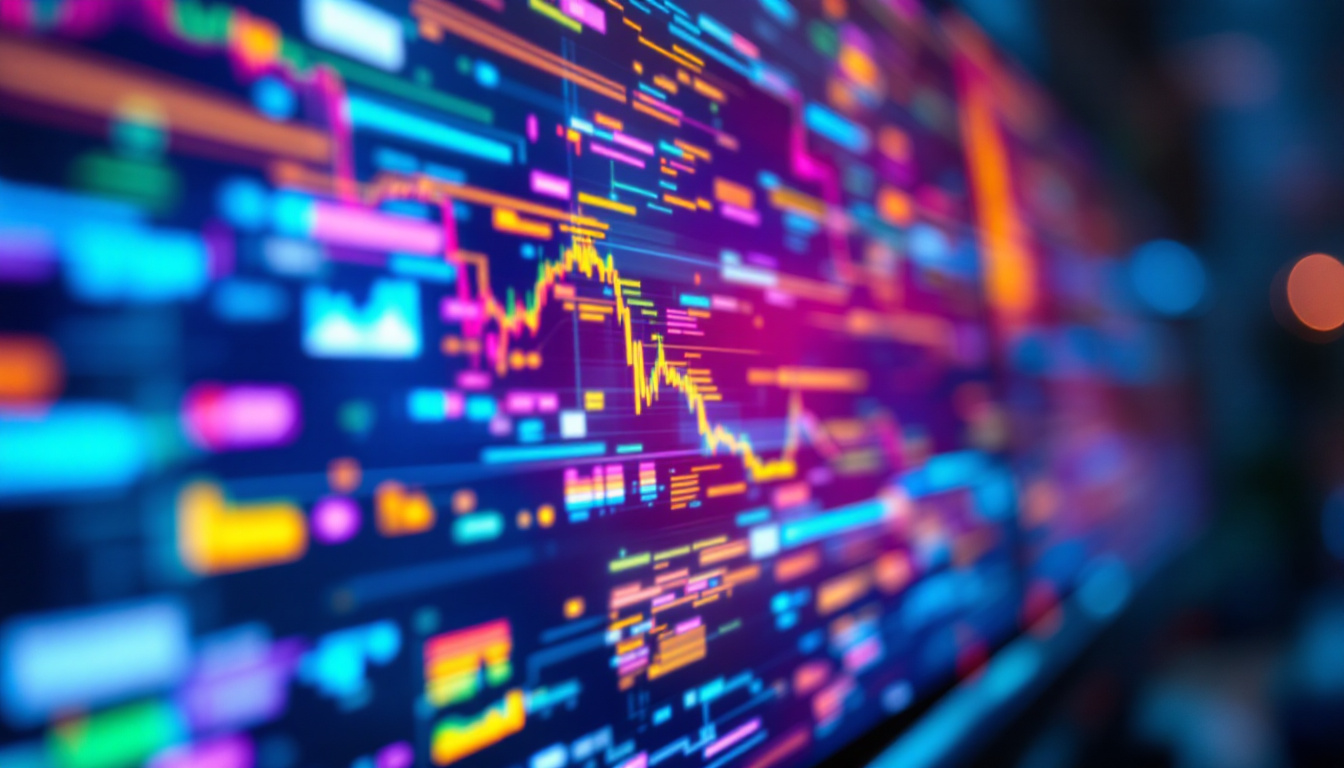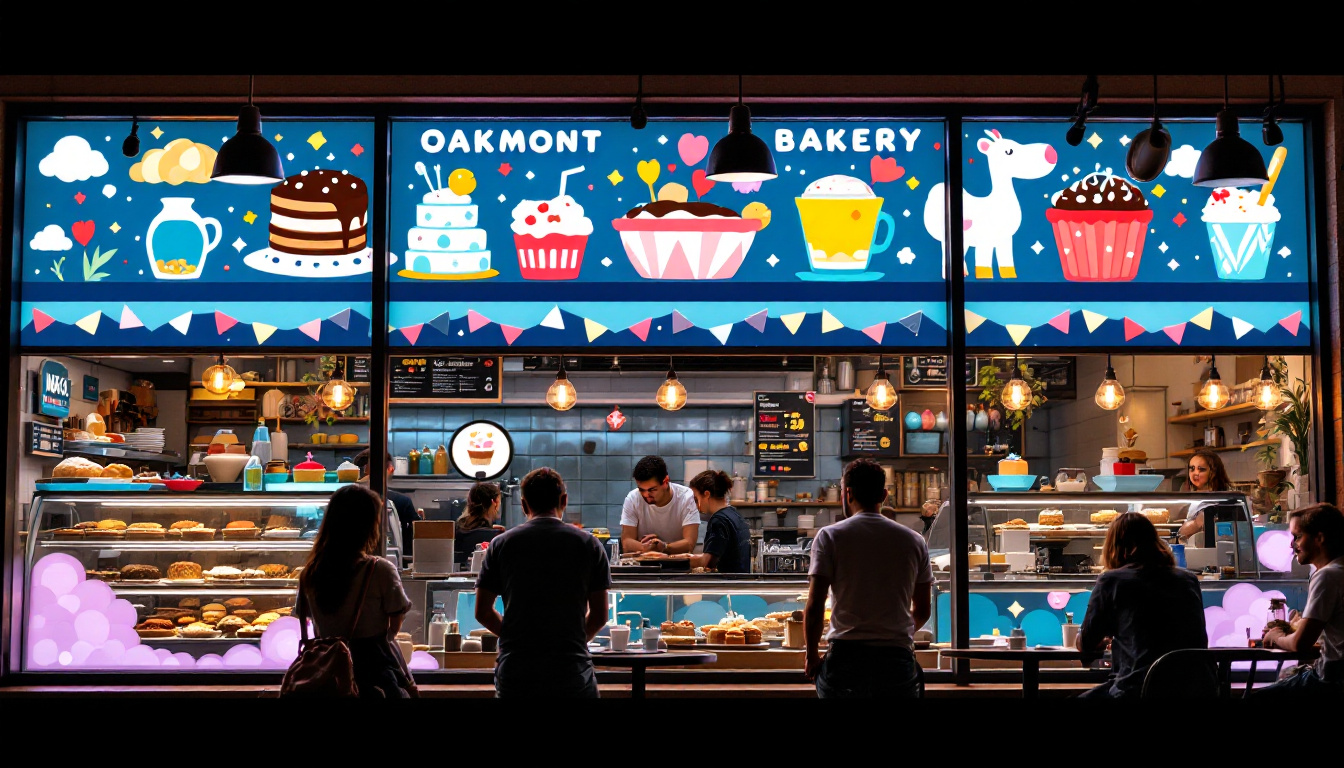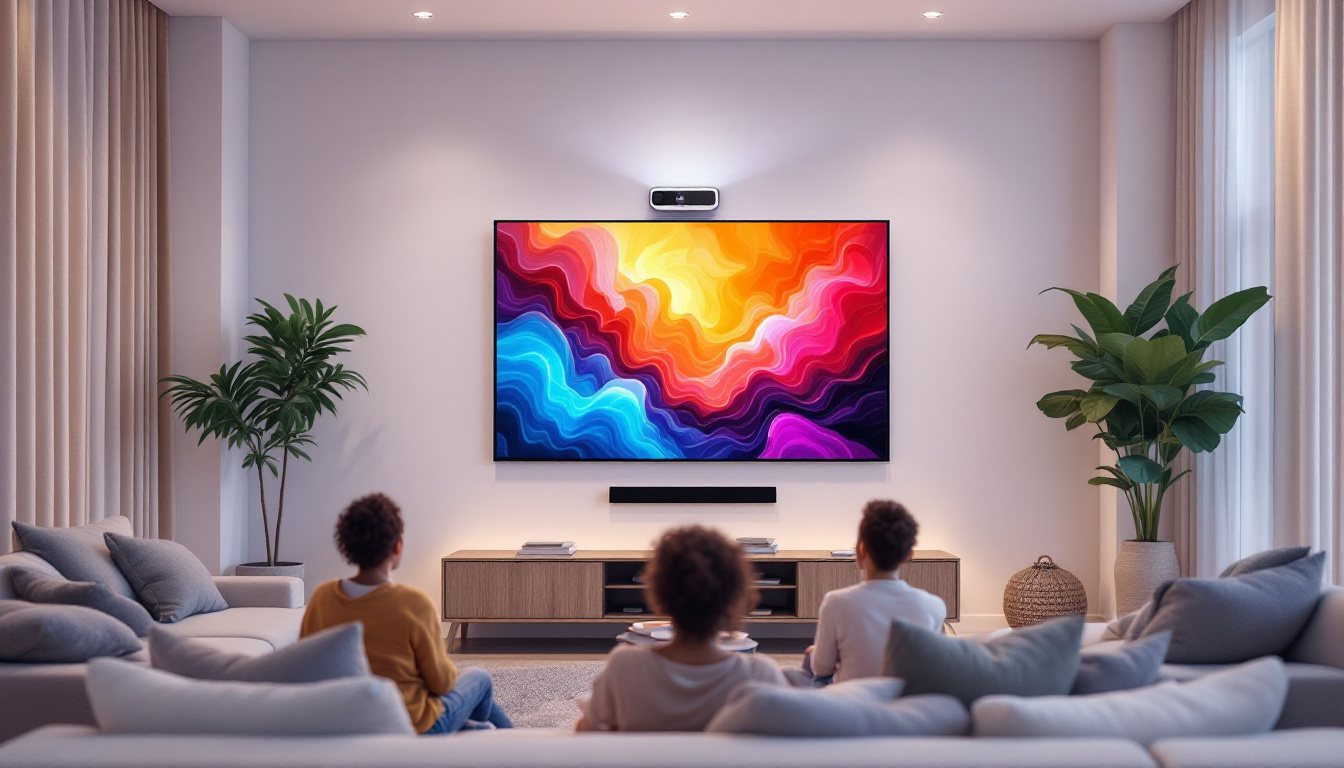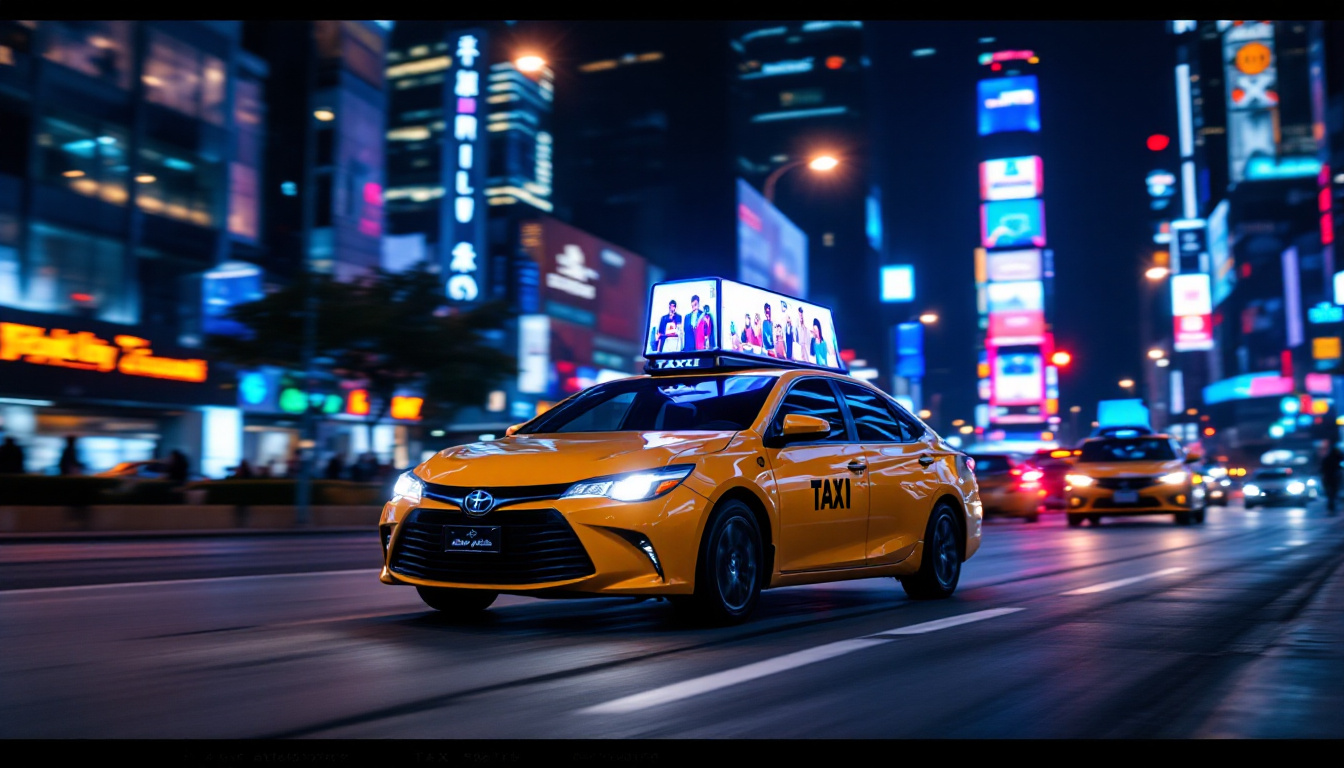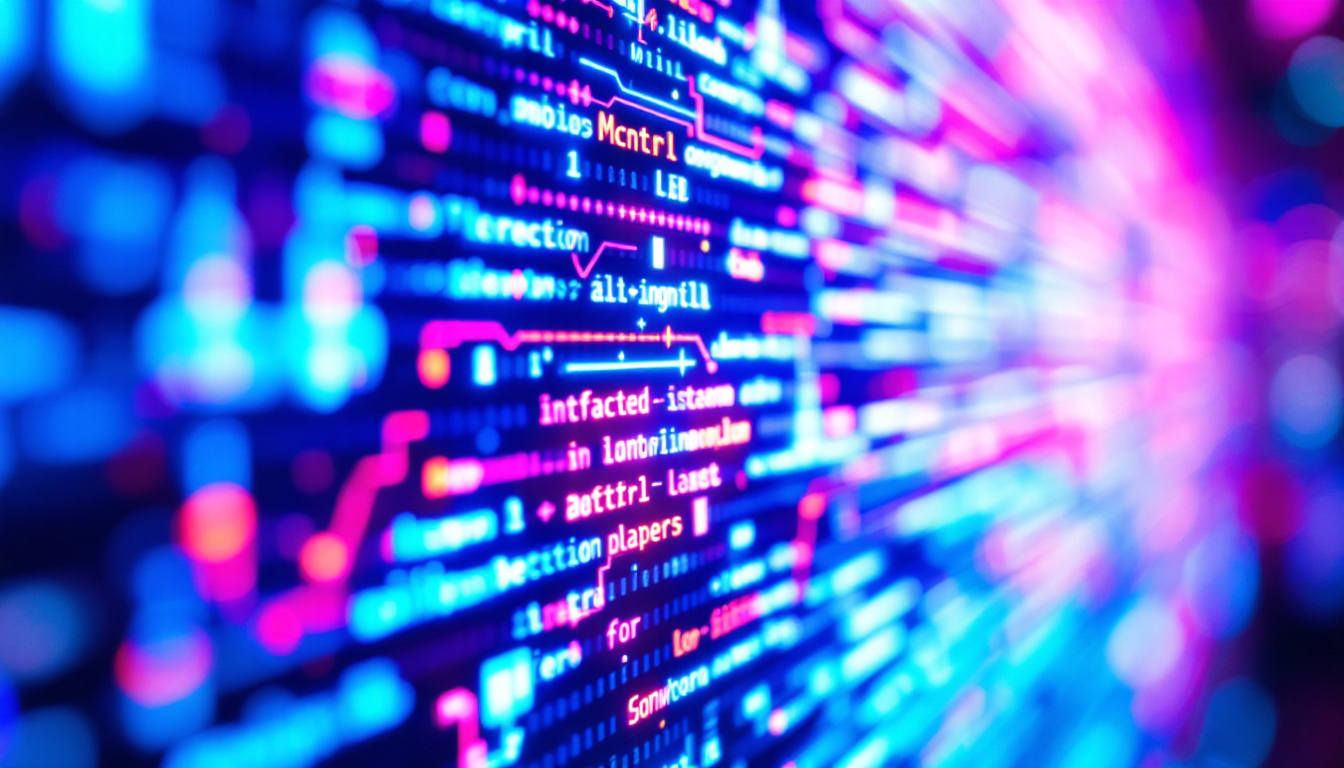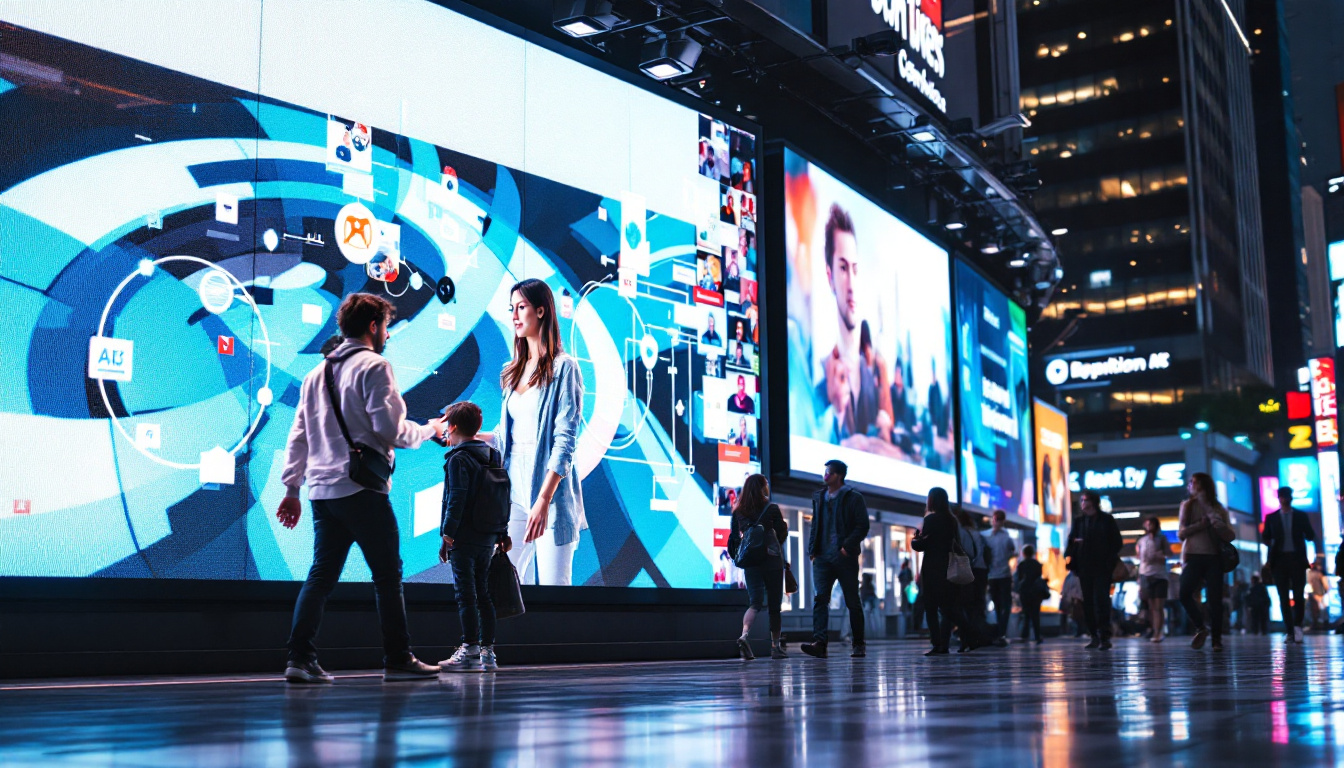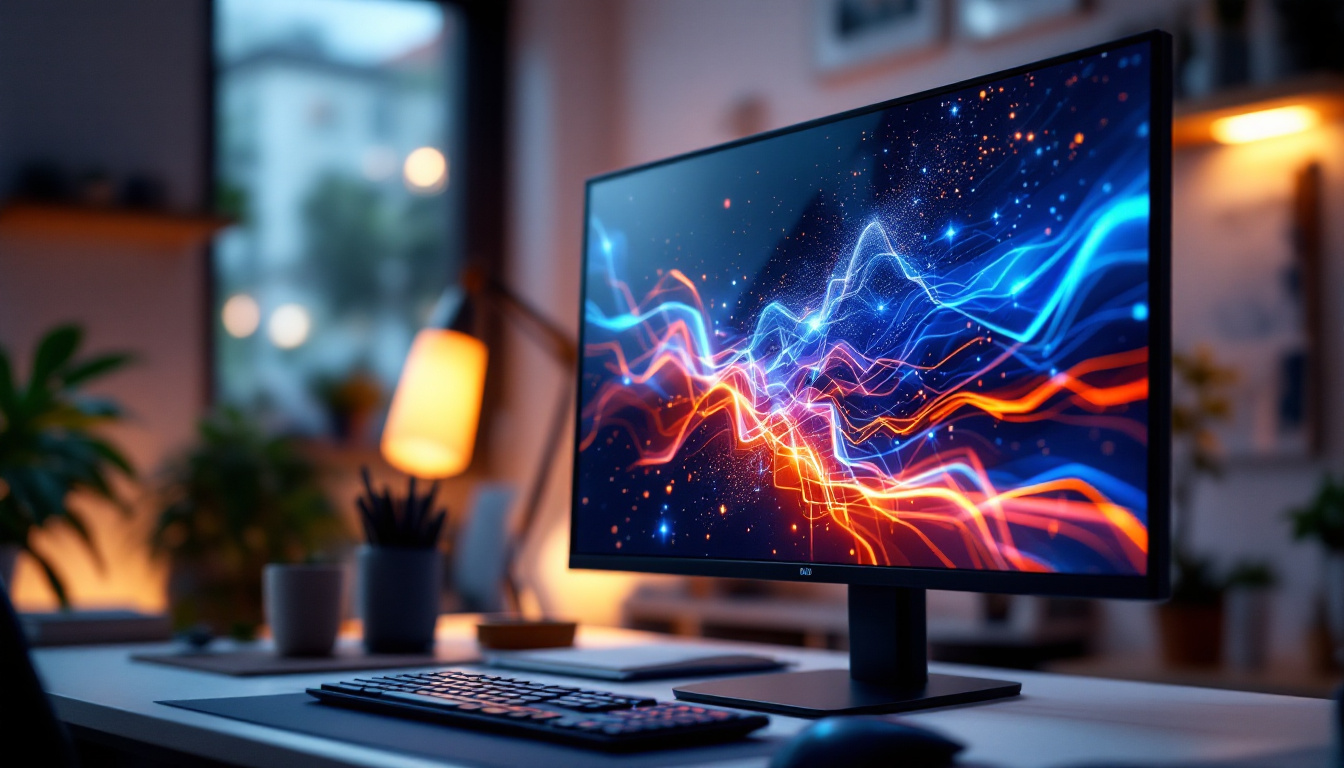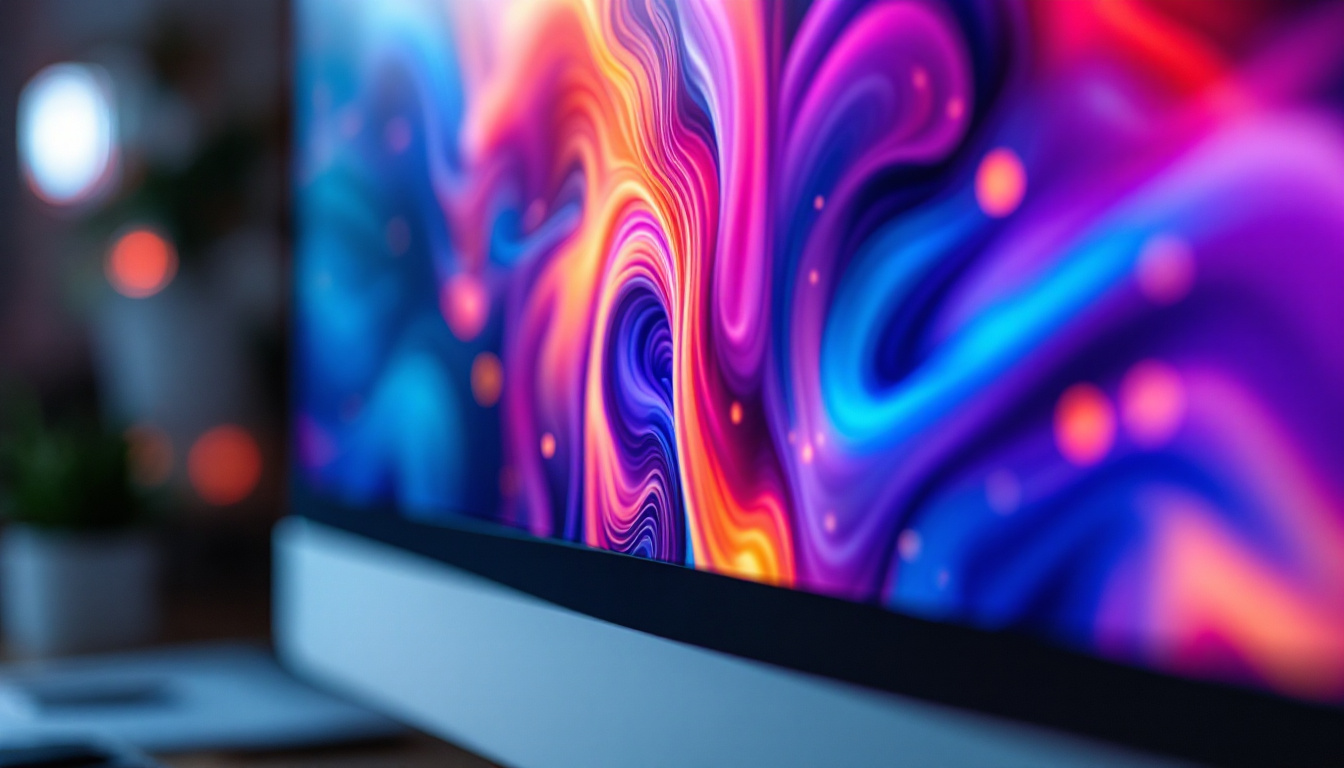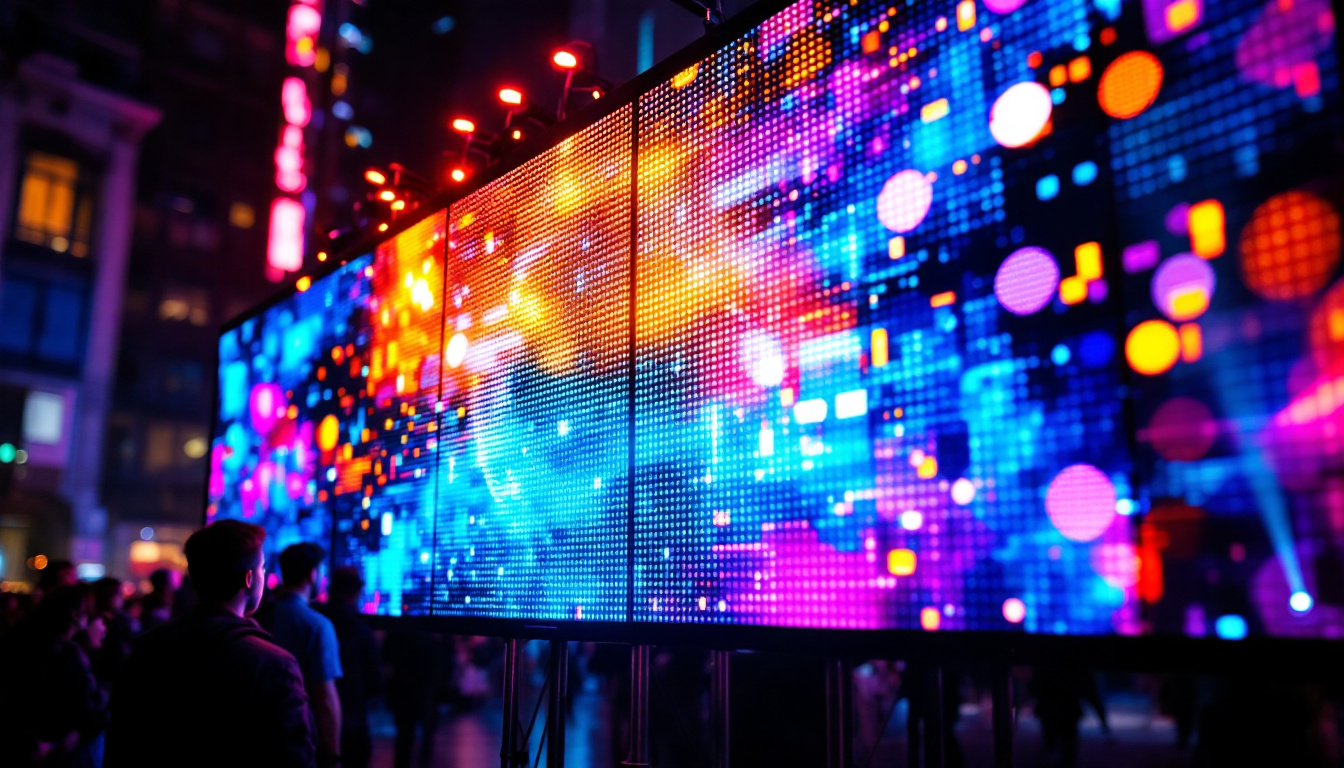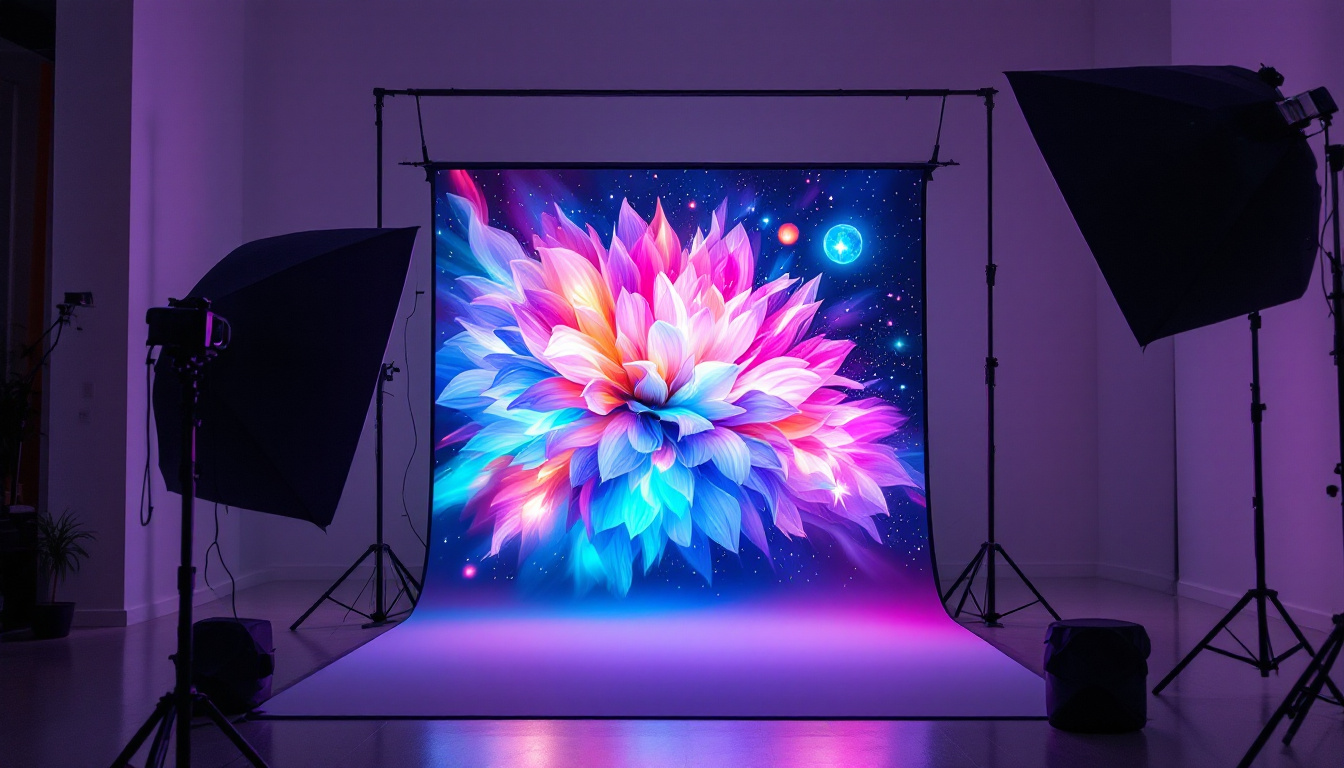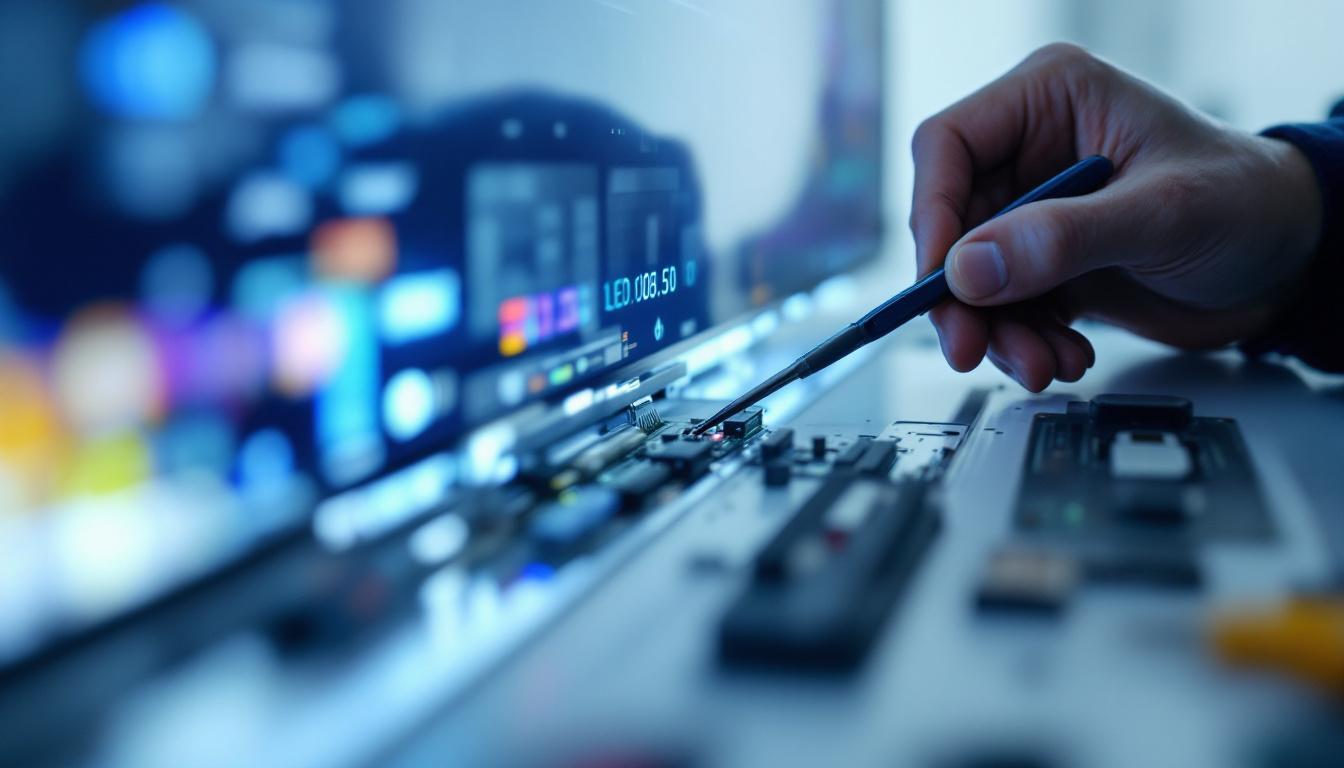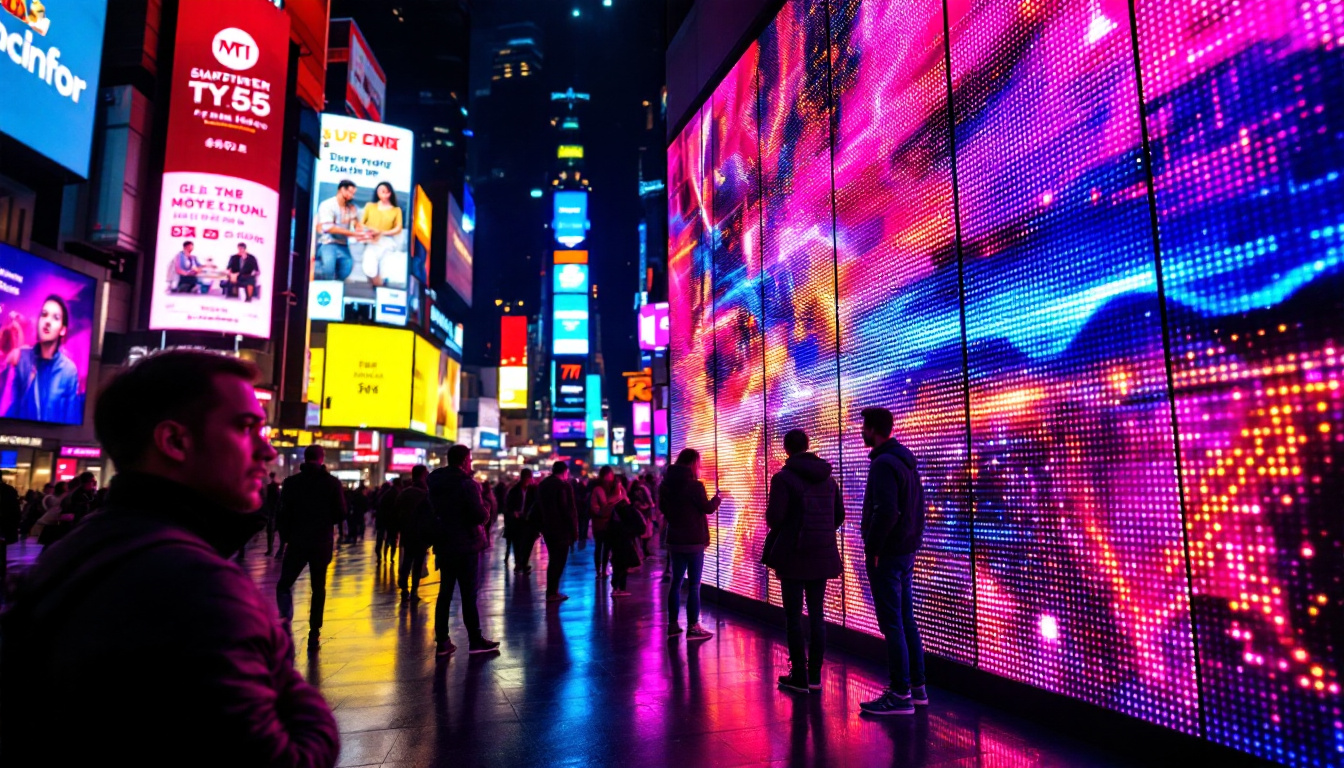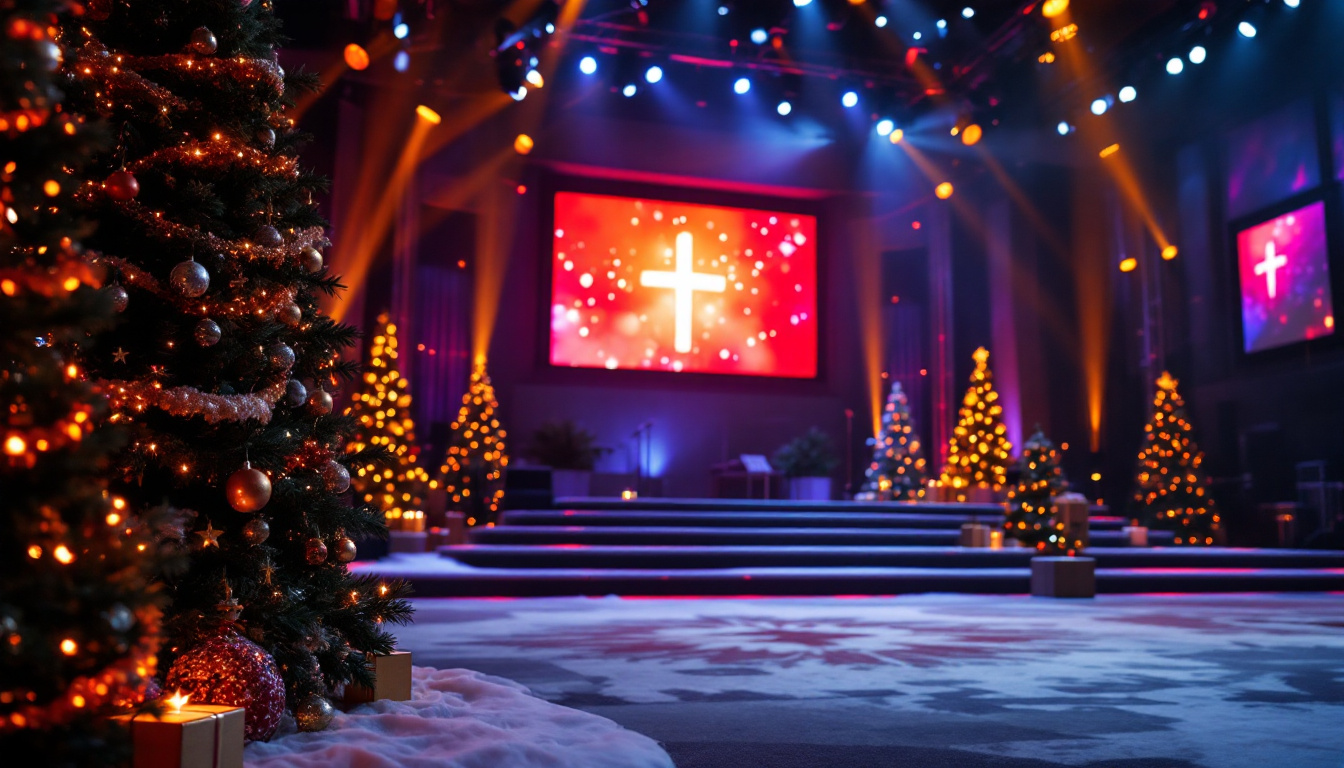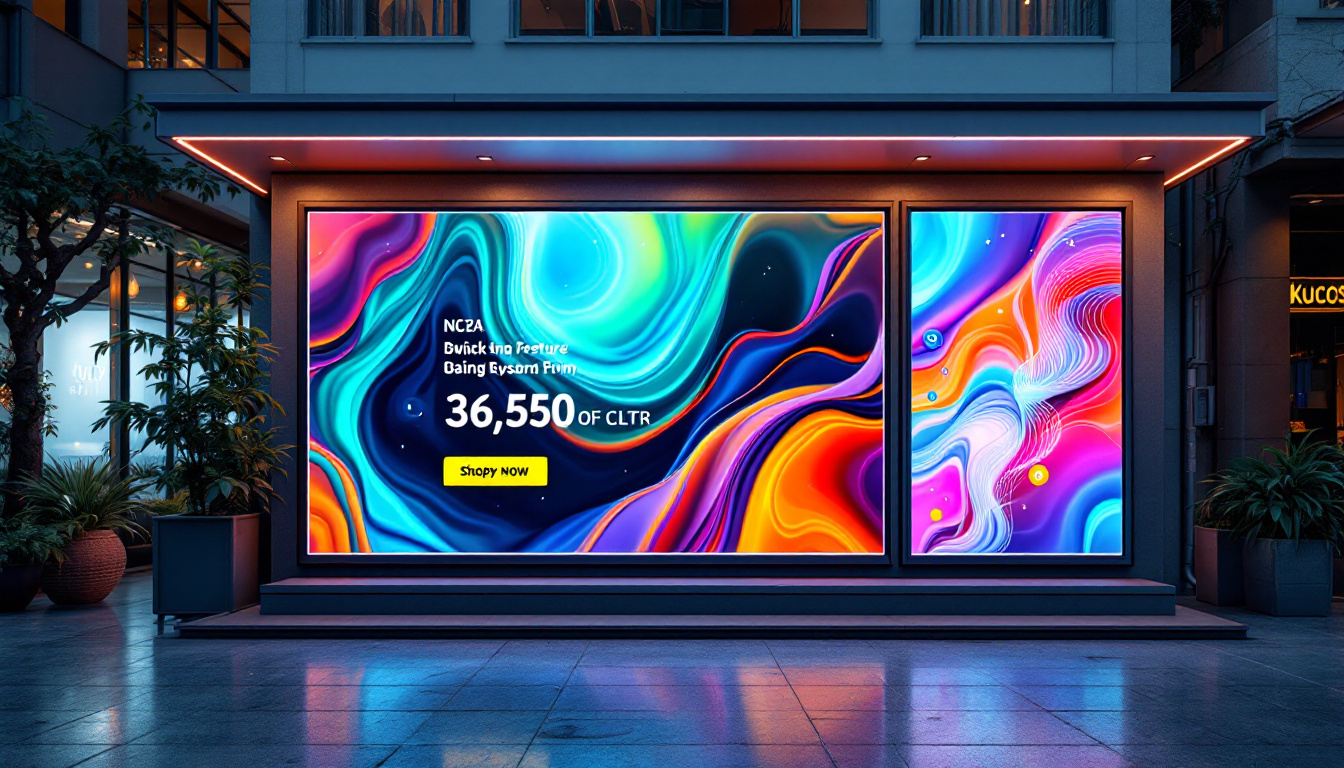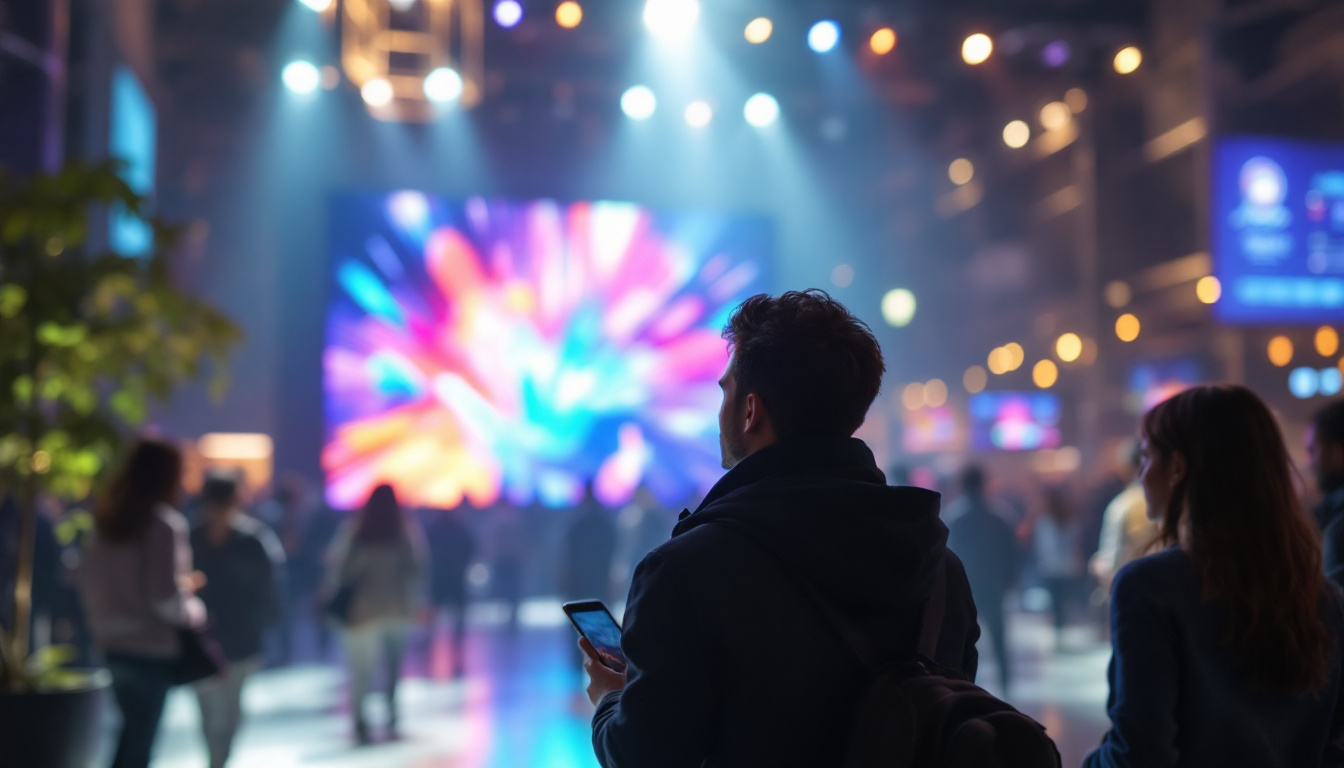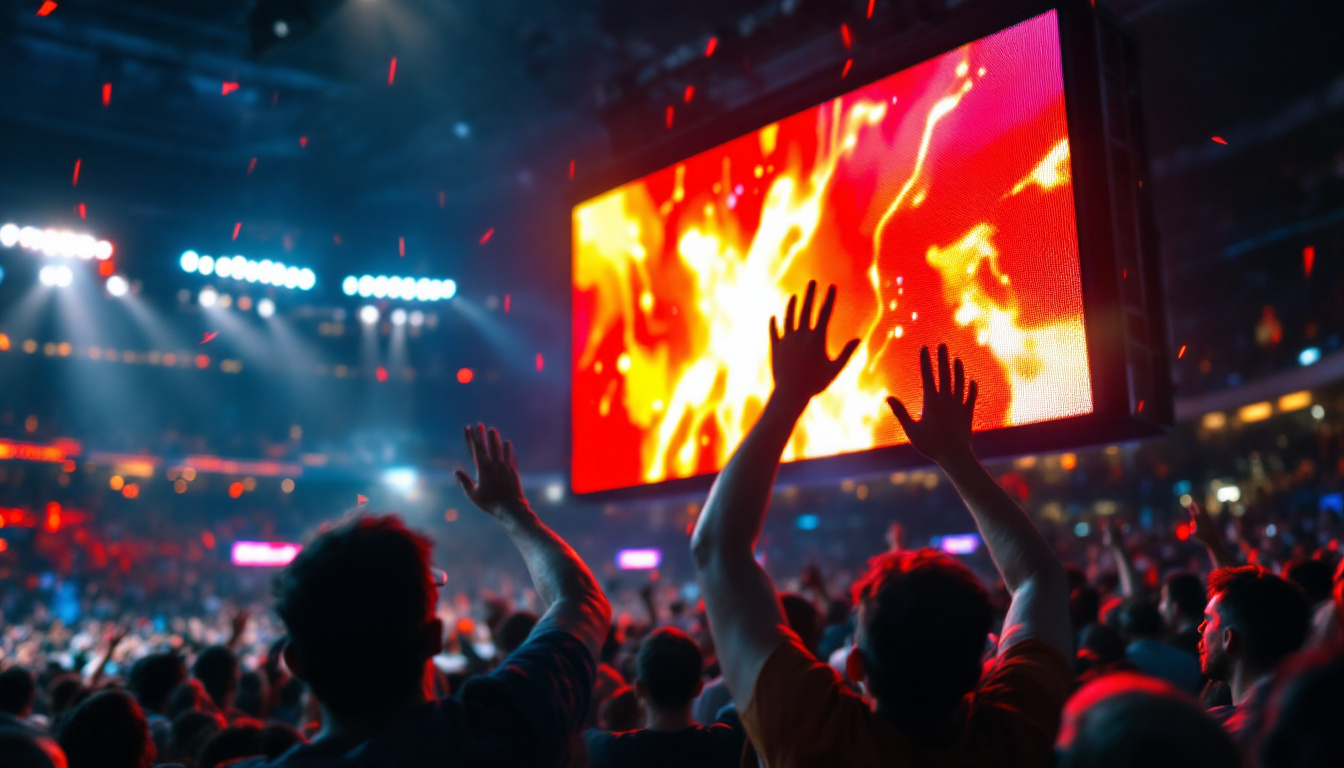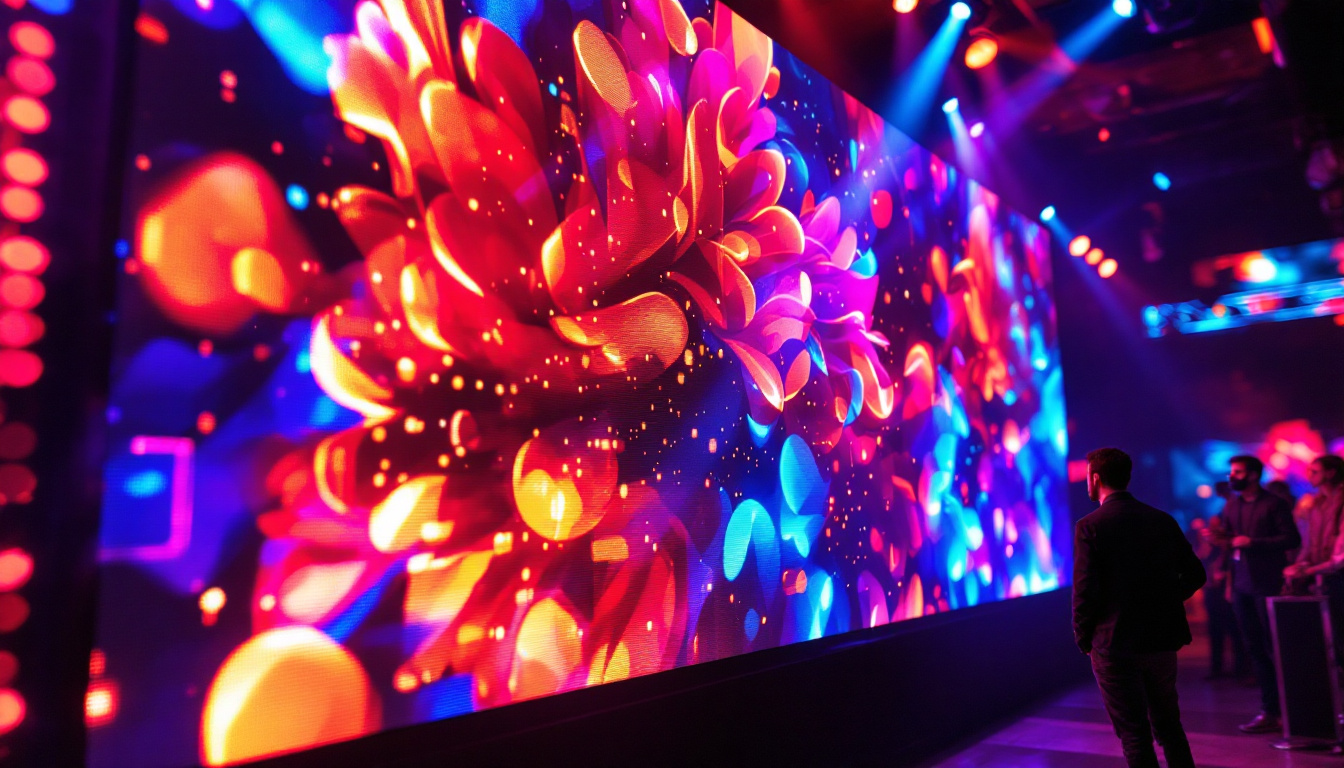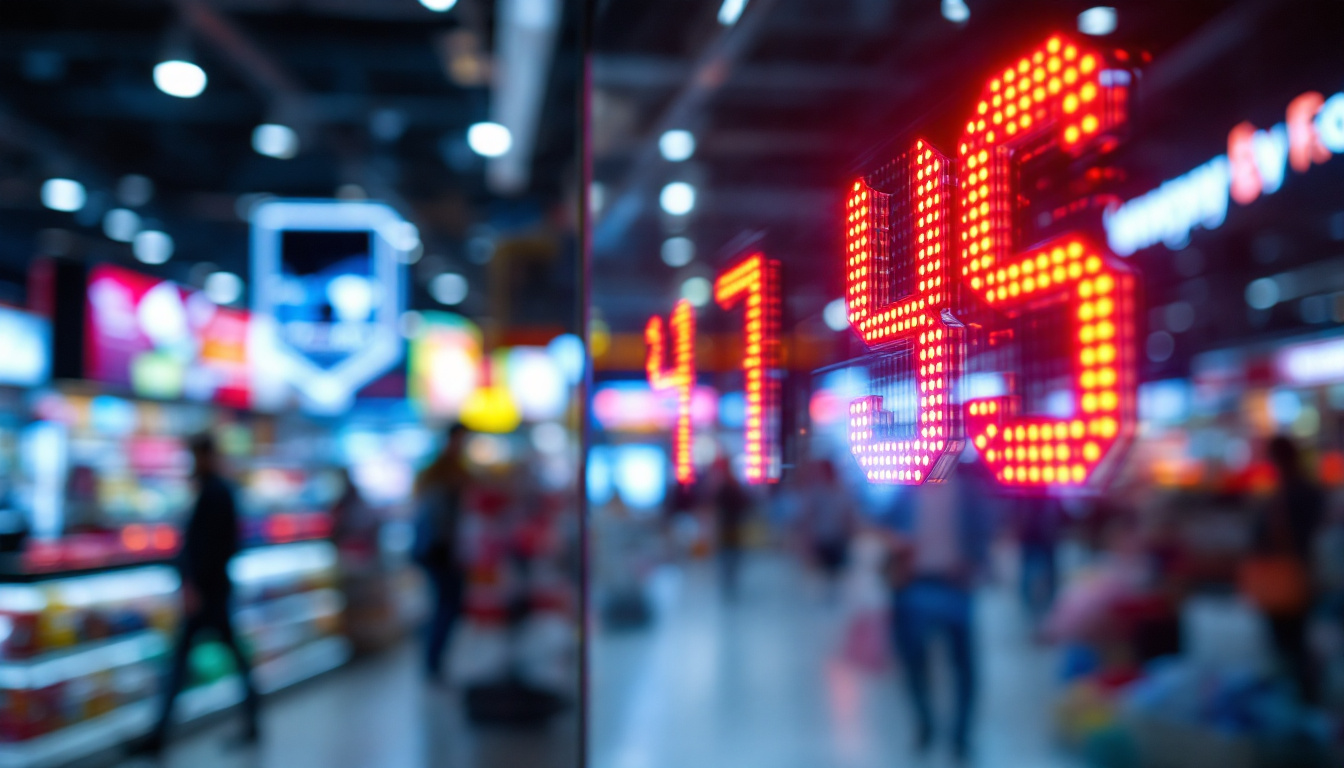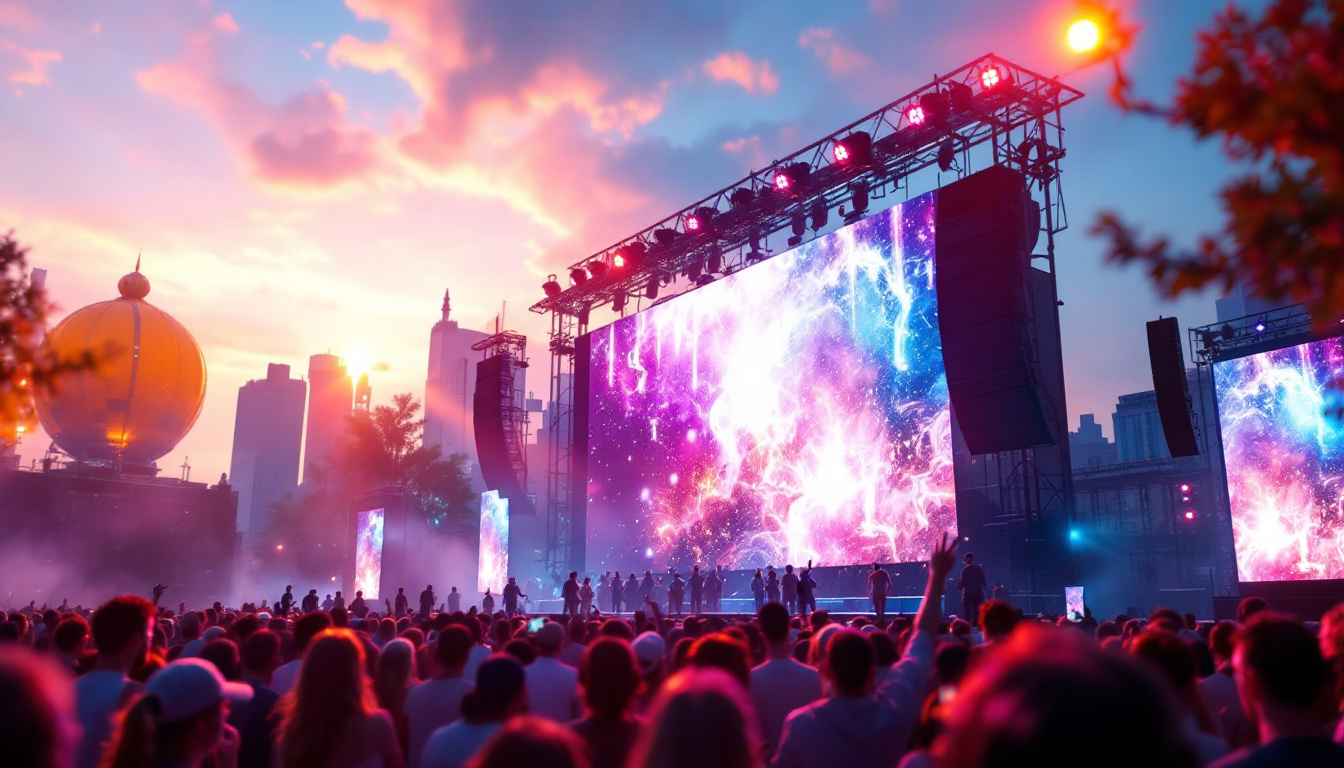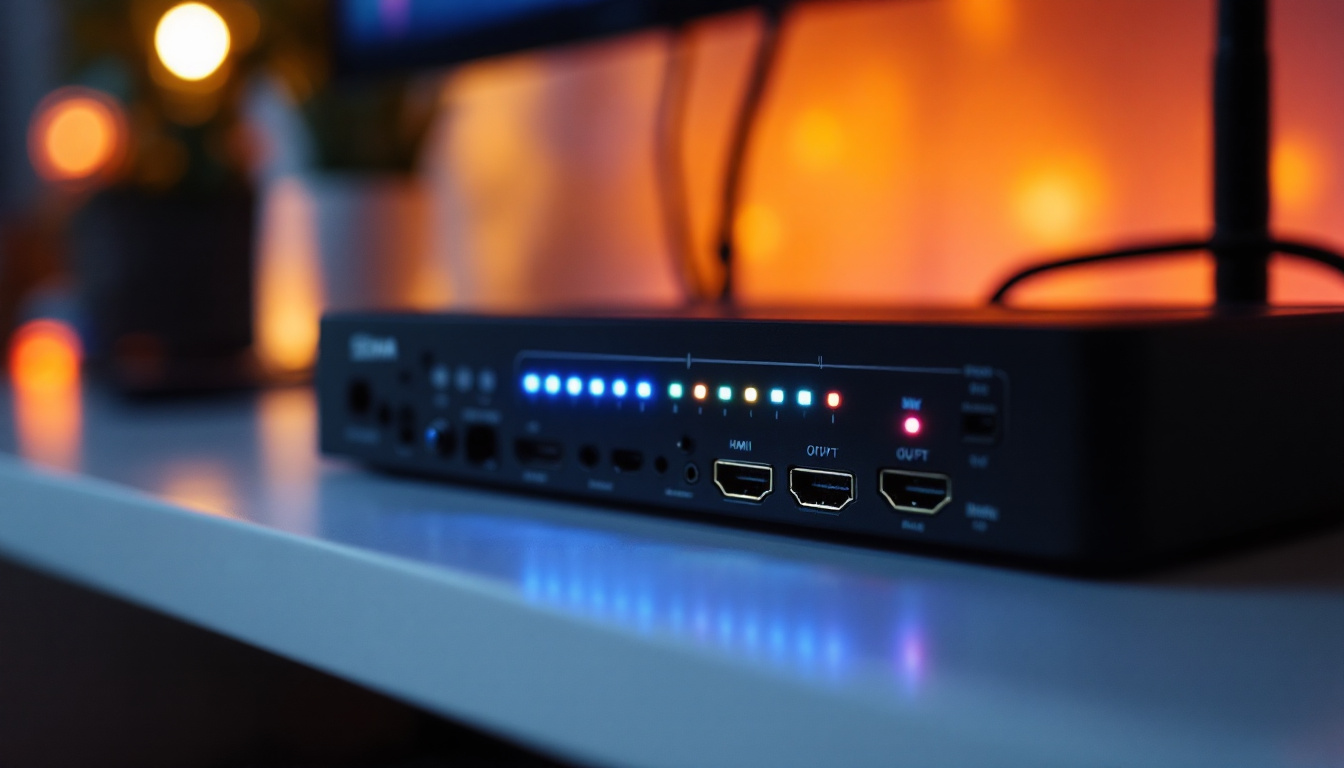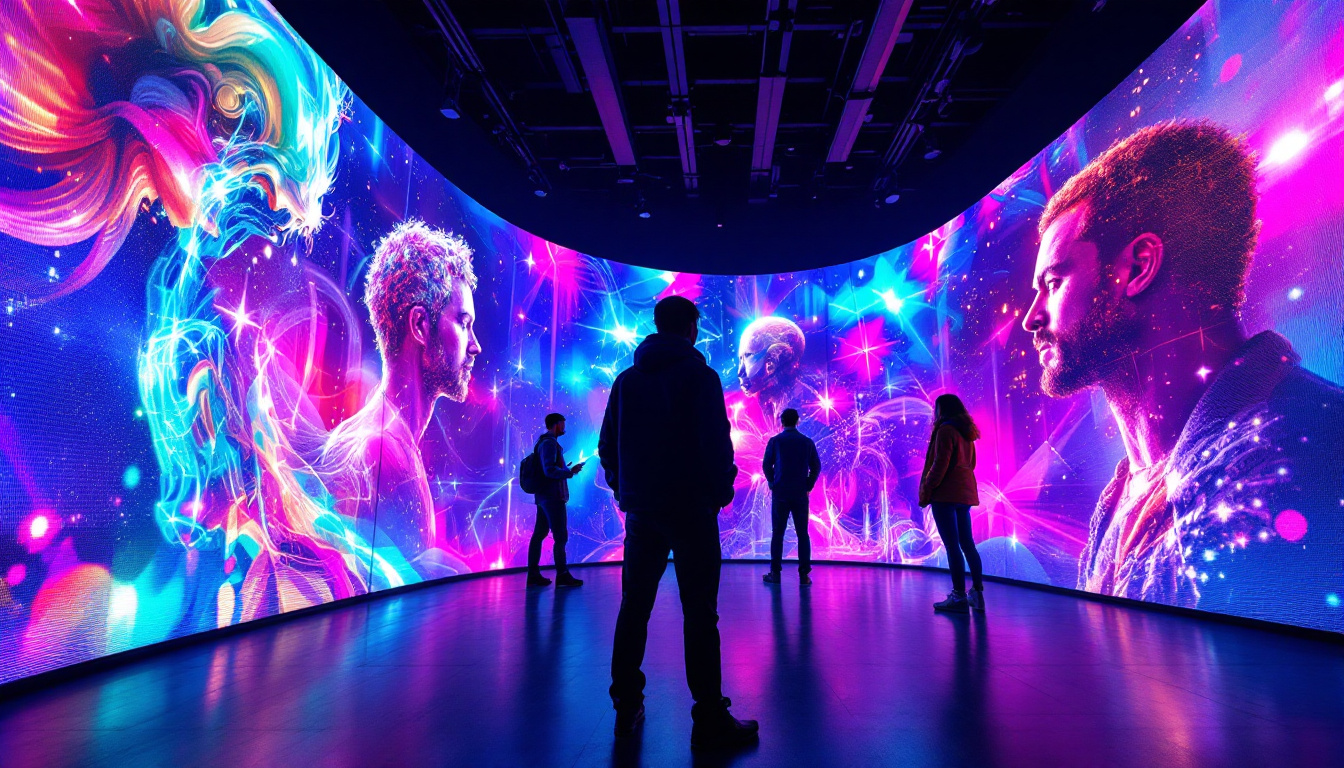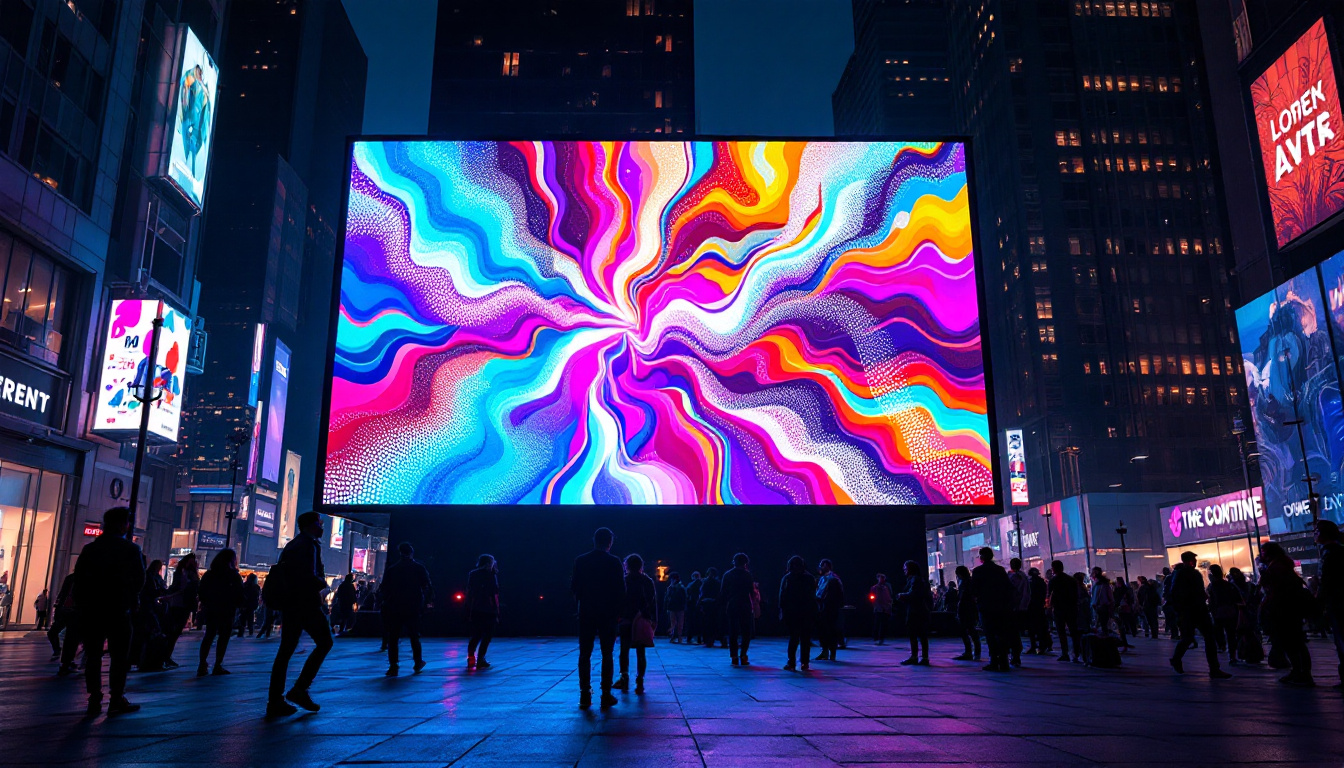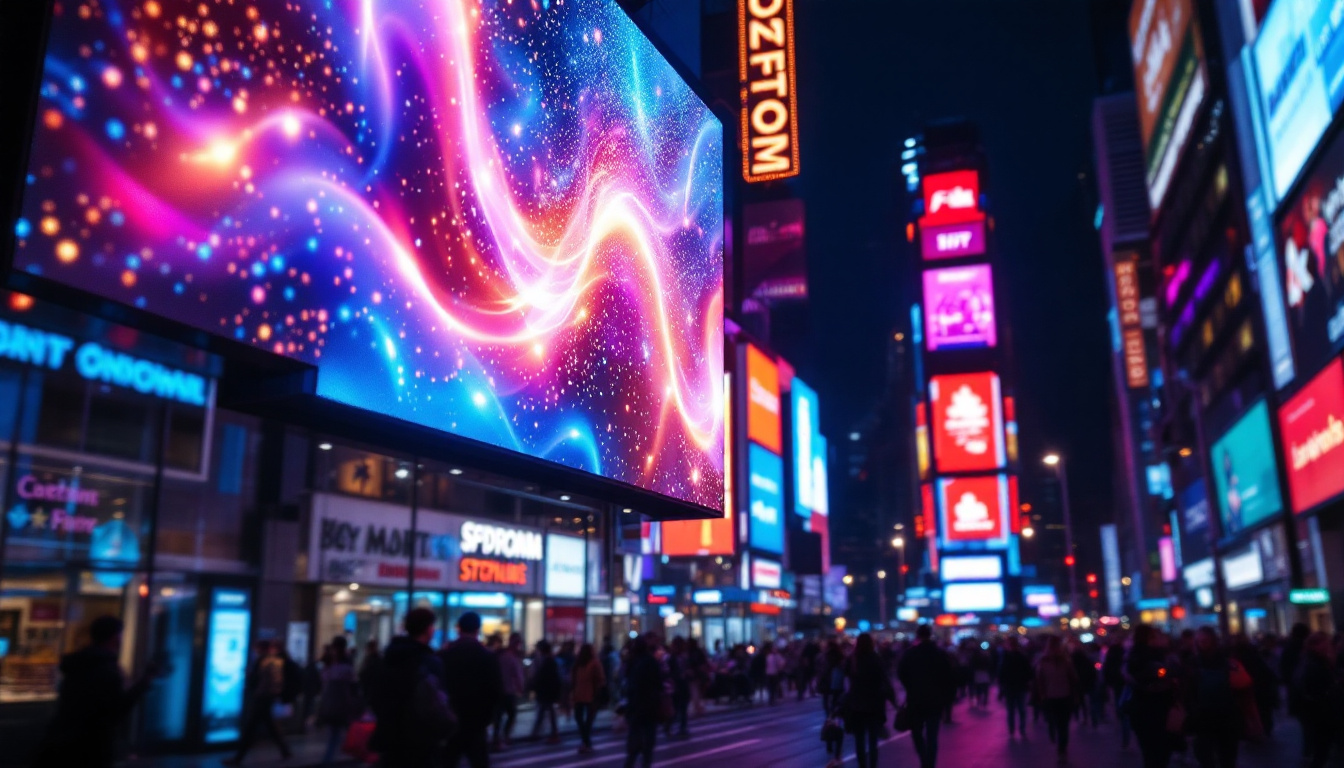In today’s fast-paced business environment, effective communication is paramount. Meeting rooms serve as the hub for collaboration, brainstorming, and decision-making. As technology advances, the integration of LED displays into meeting room configurations has become increasingly popular. This article delves into the various configurations of meeting rooms and how LED displays enhance the overall experience.
Understanding Meeting Room Configurations
Meeting room configurations refer to the arrangement of furniture and technology within a space to facilitate different types of meetings. The choice of configuration can significantly influence the dynamics of a meeting, impacting everything from participant engagement to the effectiveness of communication.
Common Meeting Room Configurations
There are several common configurations used in meeting rooms, each tailored to specific meeting types. Understanding these configurations is crucial for optimizing the use of LED displays.
- Boardroom Style: This configuration features a large table surrounded by chairs, ideal for discussions and presentations. LED displays can be strategically placed at the front to ensure visibility for all participants.
- Theater Style: In this setup, chairs are arranged in rows facing the front of the room. This is perfect for larger groups where presentations are the focus. A large LED display can enhance visibility for all attendees.
- U-Shape: The U-shape configuration allows for open discussions while still providing a clear view of the LED display. This format is particularly useful for workshops and collaborative sessions.
Factors Influencing Configuration Choice
When selecting a meeting room configuration, several factors come into play. These include the size of the group, the nature of the meeting, and the technology available.
For instance, a small team brainstorming session may benefit from a more intimate setting, such as a circular arrangement, while a larger presentation would require a more formal setup like the theater style. Additionally, the presence of an LED display can dictate the arrangement, as it needs to be visible to all participants.
Moreover, the purpose of the meeting plays a crucial role in determining the best configuration. For example, if the goal is to foster collaboration and creativity, a more relaxed arrangement with movable seating might be preferable. In contrast, a meeting focused on decision-making and strategy might necessitate a more structured setup to keep discussions on track. Furthermore, the type of technology being utilized—such as video conferencing tools or interactive displays—can also influence how the room is arranged, ensuring that all participants can engage effectively, regardless of their location.
Another important aspect to consider is the acoustics of the room. Certain configurations can enhance sound distribution, making it easier for participants to hear and contribute to discussions. For instance, in a U-shape setup, the open sides allow for better sound flow, while a theater-style arrangement might require additional audio equipment to ensure everyone can hear the speaker clearly. By taking these factors into account, organizations can create meeting environments that not only accommodate their immediate needs but also promote a culture of collaboration and innovation.
The Role of LED Displays in Meeting Rooms
LED displays have transformed the way meetings are conducted. They serve not only as visual aids but also as central components of modern meeting room technology.
Enhancing Visual Communication
One of the primary advantages of LED displays is their ability to enhance visual communication. High-resolution screens can display presentations, videos, and other visual content with clarity, making it easier for participants to engage with the material.
Moreover, LED displays can be used to share real-time data and analytics during meetings, allowing for informed decision-making. This capability is especially beneficial in strategic meetings where data-driven insights are crucial.
In addition to displaying static content, LED displays can also integrate with various software applications, enabling seamless transitions between different types of media. For instance, a presenter can switch from a PowerPoint presentation to a live demonstration of a software tool without any interruption. This fluidity not only keeps the audience engaged but also enhances the overall flow of the meeting, ensuring that critical points are communicated effectively.
Collaboration and Interaction
LED displays also facilitate collaboration among team members. Many modern displays come equipped with interactive features, allowing participants to share their screens, annotate presentations, and engage in discussions more dynamically.
This interactivity fosters a collaborative environment, encouraging participation from all attendees. As a result, meetings become more productive, with participants feeling more involved in the discussion.
Furthermore, the integration of video conferencing capabilities with LED displays allows remote participants to join in seamlessly. This means that teams can collaborate across different locations as if they were all in the same room. The ability to see and hear remote colleagues in high definition enhances the sense of presence and connection, making it easier to build rapport and maintain engagement, regardless of physical distance. As organizations continue to embrace hybrid work models, the role of LED displays in bridging the gap between in-person and remote participants becomes increasingly vital.
Choosing the Right LED Display for Your Meeting Room
Selecting the appropriate LED display for a meeting room involves considering several factors, including size, resolution, and features. Each of these elements plays a critical role in ensuring that the display meets the needs of the room and its users.
Size and Resolution
The size of the LED display should be proportional to the meeting room’s dimensions. A display that is too small may hinder visibility, while an oversized screen can overwhelm the space. As a rule of thumb, the larger the room and the more participants, the larger the display should be.
Resolution is equally important. High-definition displays provide clearer images and text, which is essential for presentations and detailed data. Investing in a 4K or higher resolution display can significantly enhance the viewing experience. Furthermore, consider the viewing distance; the ideal resolution can vary depending on how far away the audience will be from the screen. For larger rooms, a higher pixel density ensures that even those seated at the back can see the content clearly without straining their eyes.
Additional Features to Consider
Modern LED displays come with a variety of features that can enhance their functionality. For instance, smart displays offer built-in connectivity options, allowing for seamless integration with laptops and other devices. Touchscreen capabilities can also facilitate interaction during meetings, making it easier to navigate presentations or collaborate on documents in real-time.
Moreover, consider displays with multi-screen capabilities, which allow for split-screen functionality. This feature is particularly useful for displaying multiple sources of information simultaneously, such as a presentation alongside real-time data. Additionally, some LED displays offer advanced features like picture-in-picture, enabling users to keep an eye on video feeds or other content while focusing on the main presentation. This versatility can significantly enhance the productivity of meetings, allowing for a more dynamic and engaging experience for all participants.
Another important aspect to consider is the display’s brightness and contrast ratio. In rooms with ample natural light, a brighter display will be necessary to ensure visibility without straining. High contrast ratios also contribute to better image quality, making text and graphics stand out more vividly. Furthermore, look for displays that support various input formats and resolutions, ensuring compatibility with a wide range of devices and media types. This flexibility can be a game-changer in diverse meeting environments, where different teams may have varying technological needs.
Integrating LED Displays into Meeting Room Design
Integrating LED displays into meeting room design requires careful planning. The placement of the display, along with the overall layout of the room, can significantly impact the effectiveness of meetings.
Optimal Placement of LED Displays
The placement of LED displays should ensure visibility from all angles of the room. Ideally, the display should be positioned at eye level and free from obstructions. This allows all participants to engage with the content being presented.
Additionally, consider the lighting in the room. LED displays perform best in environments with controlled lighting, so positioning the display away from direct sunlight can improve visibility and reduce glare.
Creating a Cohesive Design
When integrating LED displays, it’s essential to create a cohesive design that aligns with the overall aesthetic of the meeting room. The display should complement the furniture, color scheme, and other technological elements in the space.
Incorporating the display into the room’s design can also enhance the professional atmosphere. For instance, using custom frames or mounts can help the display blend seamlessly with the room’s decor.
Future Trends in Meeting Room Technology
The landscape of meeting room technology is continually evolving. As businesses adapt to new ways of working, several trends are emerging that will shape the future of meeting room configurations and LED displays.
Increased Use of Virtual and Augmented Reality
Virtual and augmented reality technologies are beginning to make their way into meeting rooms. These technologies can create immersive environments that enhance collaboration and engagement among participants, regardless of their physical location.
LED displays will play a crucial role in this evolution, serving as the interface through which virtual environments are experienced. As these technologies become more mainstream, meeting rooms will need to adapt to accommodate new forms of interaction.
Emphasis on Hybrid Meeting Solutions
With the rise of remote work, hybrid meeting solutions are becoming increasingly important. LED displays can facilitate hybrid meetings by providing clear visuals for both in-person and remote participants.
Future LED displays may incorporate advanced features such as built-in cameras and microphones, enabling seamless communication between remote and in-person attendees. This will enhance the overall meeting experience and ensure that all participants can contribute effectively.
Conclusion
Meeting room configurations are essential for fostering effective communication and collaboration. The integration of LED displays into these configurations has revolutionized the way meetings are conducted, enhancing visual communication and interaction among participants.
Choosing the right LED display involves considering factors such as size, resolution, and features, all of which contribute to a successful meeting environment. As technology continues to evolve, staying ahead of trends will ensure that meeting rooms remain equipped for the future.
Ultimately, the goal is to create a meeting space that is not only functional but also conducive to productive discussions and decision-making. By understanding the role of LED displays and their integration into meeting room design, organizations can optimize their meeting experiences and drive success.
Discover LumenMatrix LED Display Solutions
Ready to elevate your meeting room experience with advanced LED display technology? LumenMatrix offers a comprehensive range of LED display solutions that cater to every need, from Indoor and Outdoor LED Wall Displays to innovative options like Vehicle LED Displays and LED Transparent Displays. Embrace the future of visual communication and transform your meetings into dynamic, engaging, and visually stunning sessions. Check out LumenMatrix LED Display Solutions today and see the difference for yourself.

